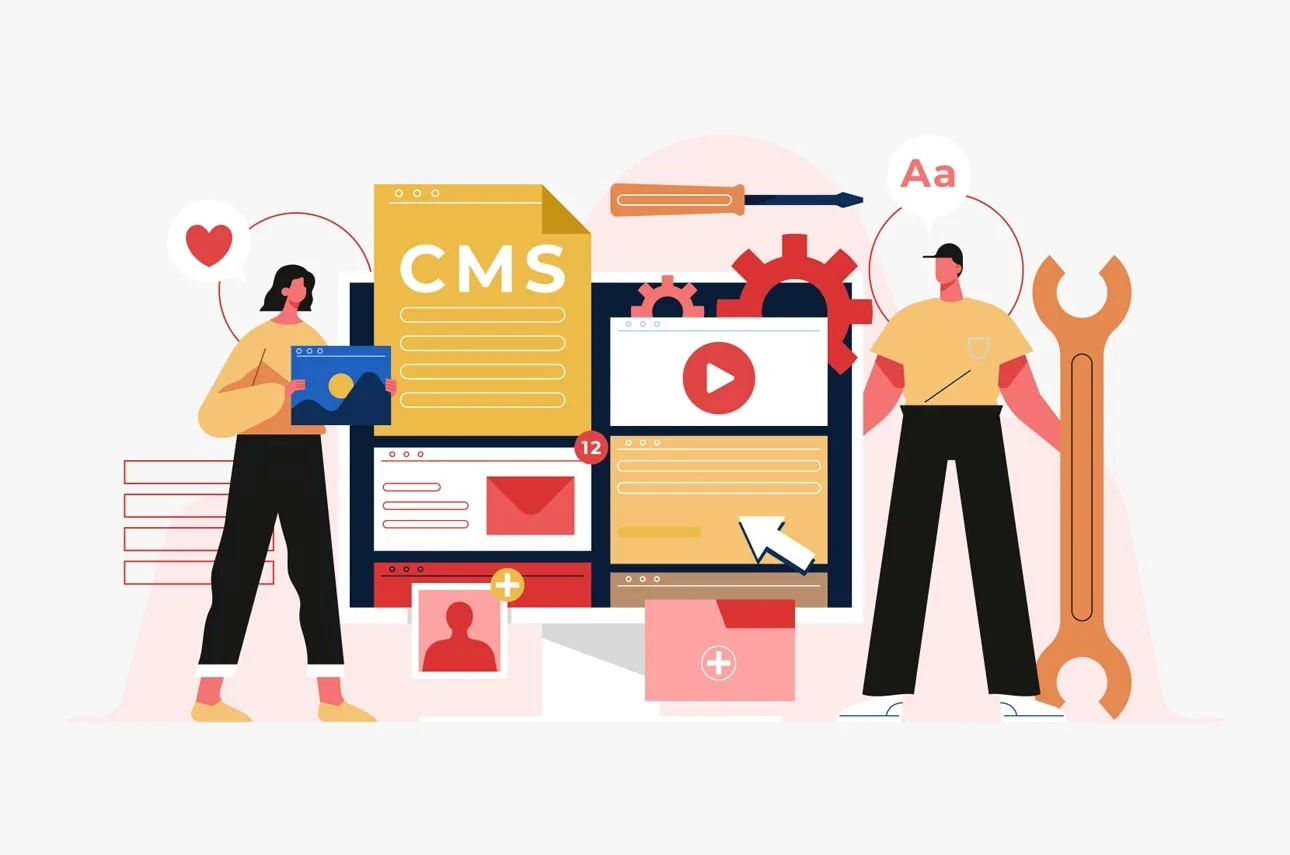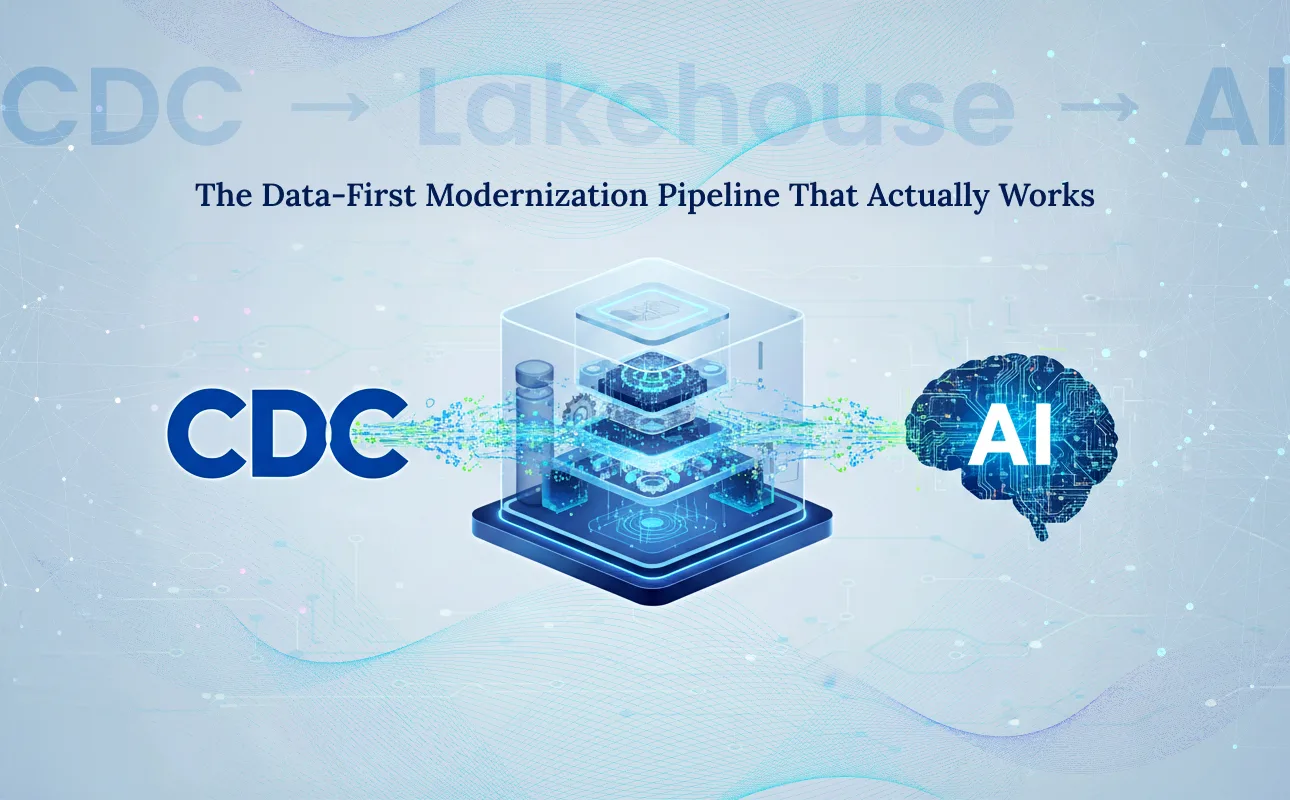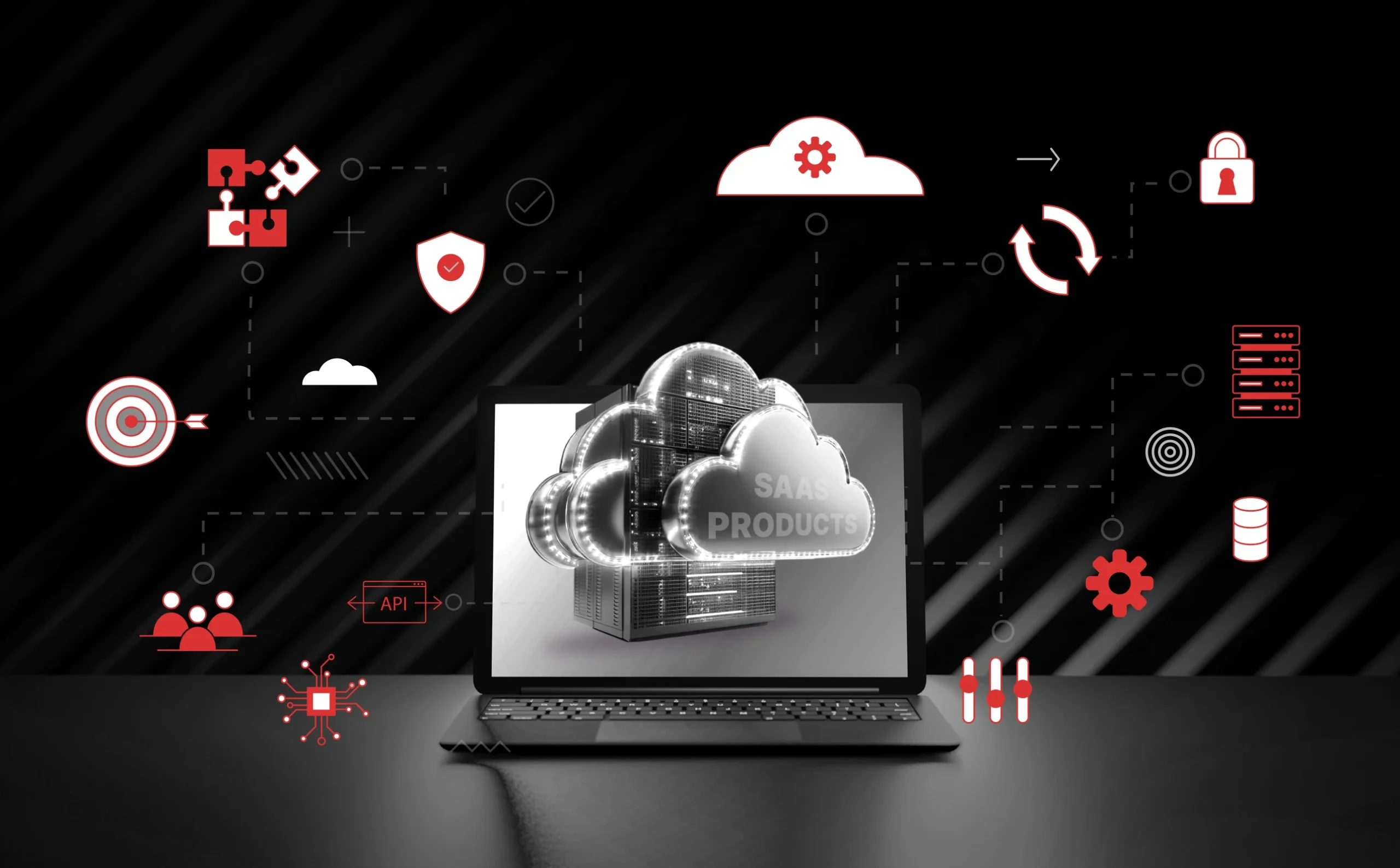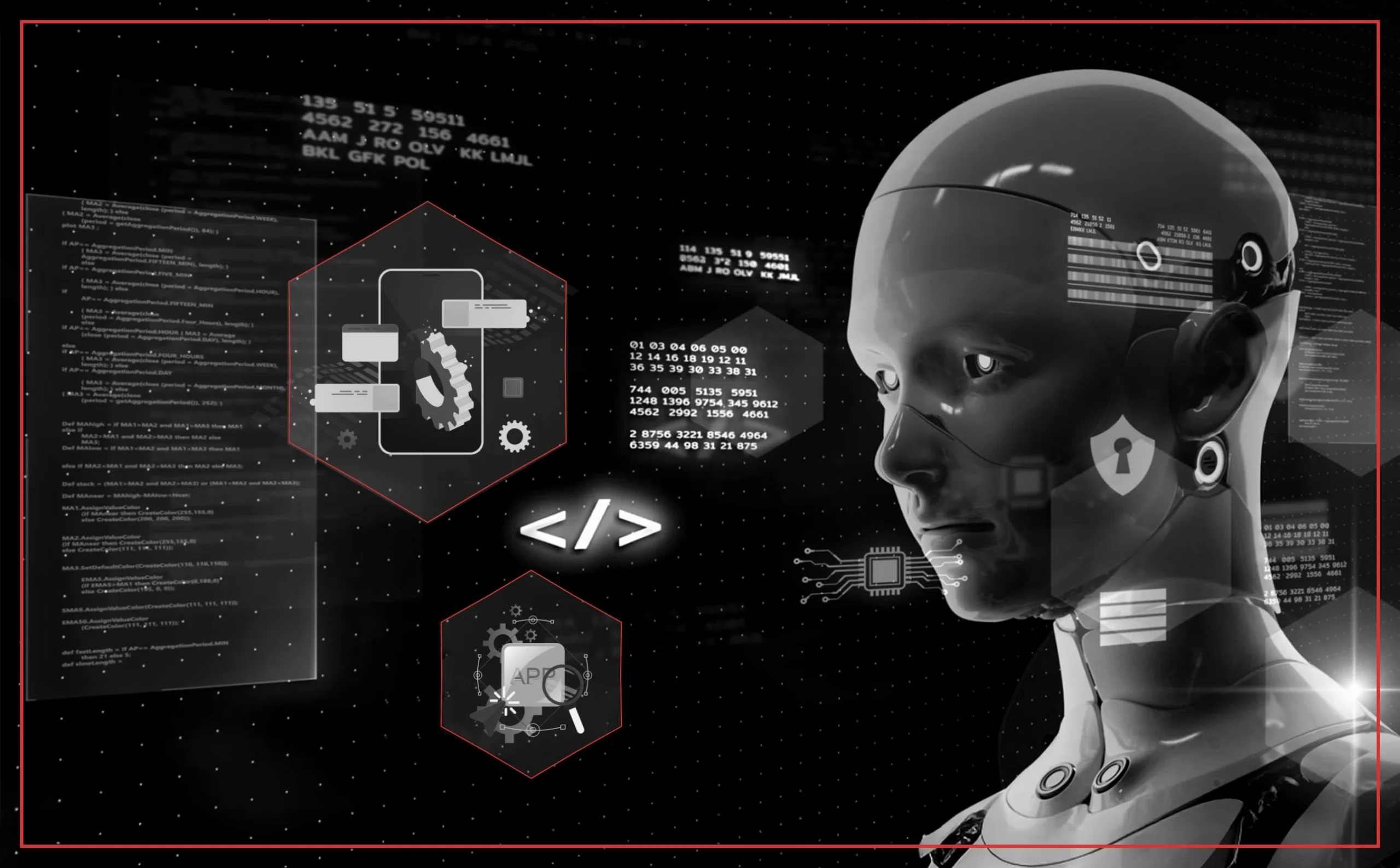What Is A Content Management System(CMS)?
A content management system is a software used to manage the creation and modification of digital content. Such CMS systems are used for enterprise content management (ECM) and web content management (WCM). In simple words, CMS software helps users create, manage, and modify content on a website without the need for specialized technical knowledge.





